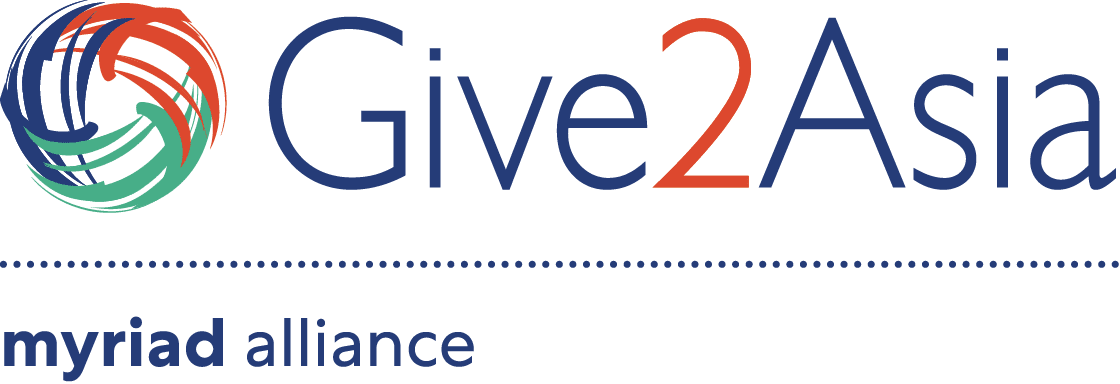The Cordillera Region in northern Philippines is mountainous with a fragile geophysical landscape. The slopes are denuded of trees and the grounds are unstable because of large mining activities. In 2009, Typhoon Parma caused a massive landslide in some of its provinces that wiped out villages and buried schools.
The Cordillera Region is famous for the rice terraces, a system of rice fields carved on mountain slopes. For the indigenous people (IP) living there, the terraces are considered an indigenous technology developed to mitigate the impacts of landslides. The IPs also observe the Begnas Ceremony, a cultural ritual, to protect their farms from disasters. They journey from their farms to the rivers to be cleansed and be one with nature. They butcher pigs and celebrate with the spirits.
Shontoug Foundation Inc., one of the development institutions in the Philippines that pioneered participatory innovative development models that are culturally appropriate and relevant, implemented the Enhancing Climate Change Resilience and Food Sustainability Project. This 2-year initiative, supported by Give2Asia, aims to strengthen the coping mechanisms and climate resilience mitigation measures of 10 indigenous cultural communities in the Cordillera Region.
INITIATIVES
Shontoug Foundation facilitated the formation of a village-managed Disaster Risk Reduction Management (DRRM) Hub that focuses on disaster preparedness activities. It is composed of villagers and cluster leaders trained by Shontoug to make DRR plans based on multi-hazard maps, vulnerability maps, and risk maps. They were also taught to do capacity and resource mapping and engage in multi-stakeholder partnerships to make their disaster preparedness plans and activities sustainable. Through this partnership, the municipal DRRM office, barangay DRRM office, Shontoug, and village DRRM hub were able to develop a communications plan and information system. A crisis management plan with vertical and lateral communication plans were also adopted by the DRRM hub.
In the household level, Shontoug Foundation conducted trainings, meetings, and workshops that educated villagers on the effects of climate change on their health and livelihood. Participants were introduced to practices and technologies that mitigate the impact of climate change on their agricultural livelihood and help sustain their food security.
IMPACT
With the strengthening of their resilience to climate change and their capacity to be food secure, the villagers became empowered and enabled to voice their plans and concerns to the proper authorities. They were able to advocate to the village officials the integration of disaster preparedness into the village annual development planning and budget. As a result, their villages now have an allocated budget for disaster preparedness activities. They were also able to convince municipal officials to add more money and other resources to it.
Communication and information dissemination were improved through the inter-clustering of houses in the villages and use of hand-held radios. When a typhoon forecast is announced, members of the DRRM hub go around their villages to look for hazards and risks and properly address them before the typhoon arrives. The villagers also used tangguyob or carabaos horn, their traditional means of communication, to warn villagers when a typhoon is fast approaching.
Upland communities are now safer, adaptive, and resilient to typhoons. Loss of lives and massive destruction of properties, livelihood, and infrastructures are now prevented.
“I consider myself very fortunate to be one of the partners of the Give2Asia project. Through the trainings, workshops, and meetings I attended, I became aware of the effects of climate change to my life, health, livelihood, food, and environment. I was surprised to learn that climate change decreases agriculture yield by 10-20%. Farming is my family’s main source of living so this information troubled me. But it also challenged and encouraged me to continue practicing organic farming.
As an organic practitioner, I contributed to the protection of the environment by not using synthetic pesticides and fertilizers. Instead, I do compost, wastes segregation, and do not burn garbage to avoid air pollution.
Our community observed that the number of honeybees and “Timboyongan”, a family of honey bees, are decreasing. Usually during the summer season, lots of honeybees can be seen on flowering trees. As a mitigating measure, we planted trees like coffee, fruits trees, alnus, and caliandra, which are good for honeybees involved in honey production.
On seed storage, our community learned to put wood ash, charcoal and old pine wood in the bottle or can where the seeds are stored. Regarding root crops preservation, we practice “Pedegis” or “Unbinges” as a remedy during summer season when we cannot preserve the leaves for planting.
With all of the skills and knowledge I acquired from this project, I am now more prepared when disaster comes. The food security for my family is also ensured. Through this Give2Asia project, we were able to mitigate the effects of climate change and somehow save our only source of livelihood, farming.”
Jennifer Binan
Sitio Apunan, Taba-ao, Kapangan, Benguet
This article is a project of Shontoug Foundation Inc.



